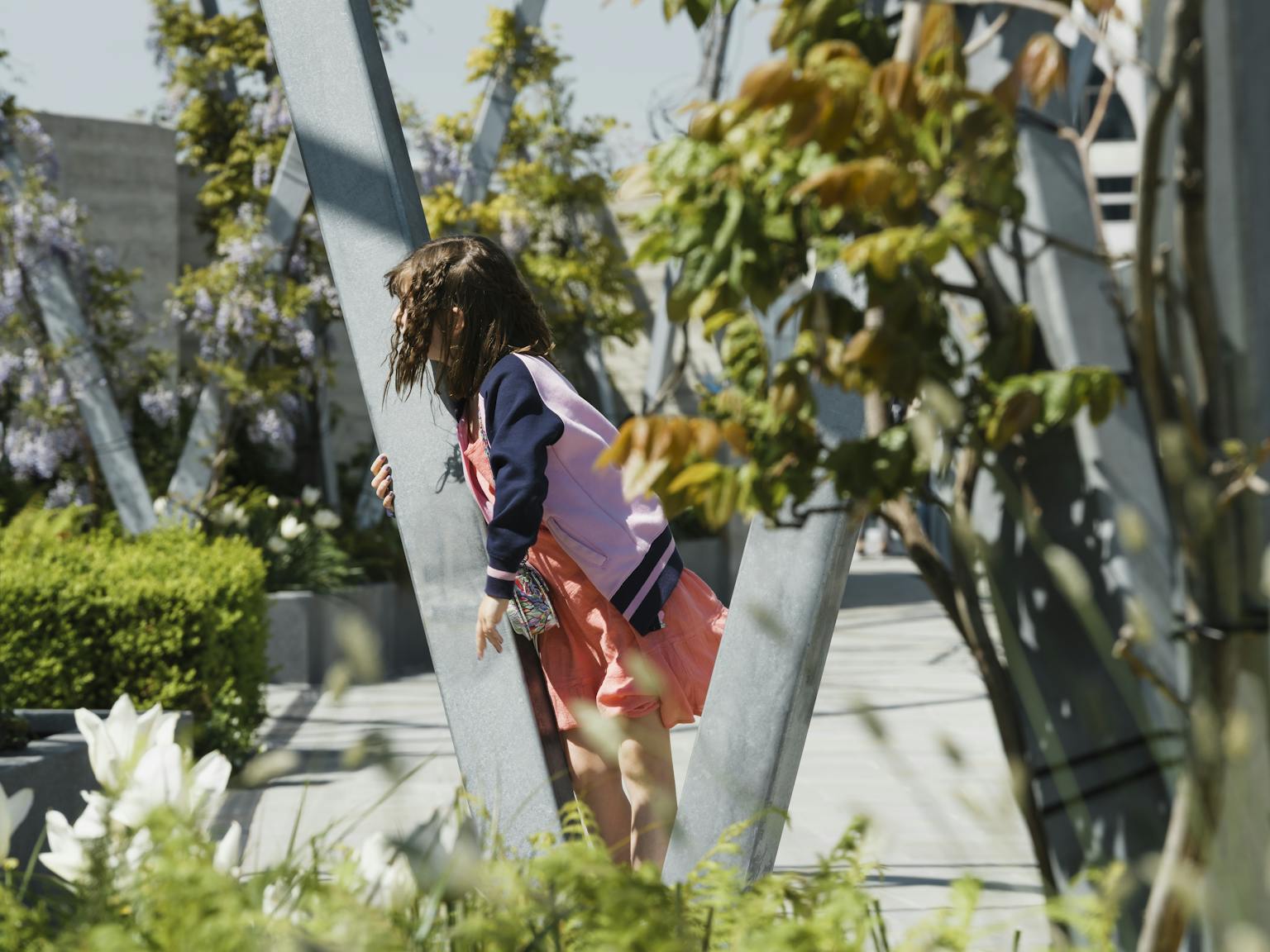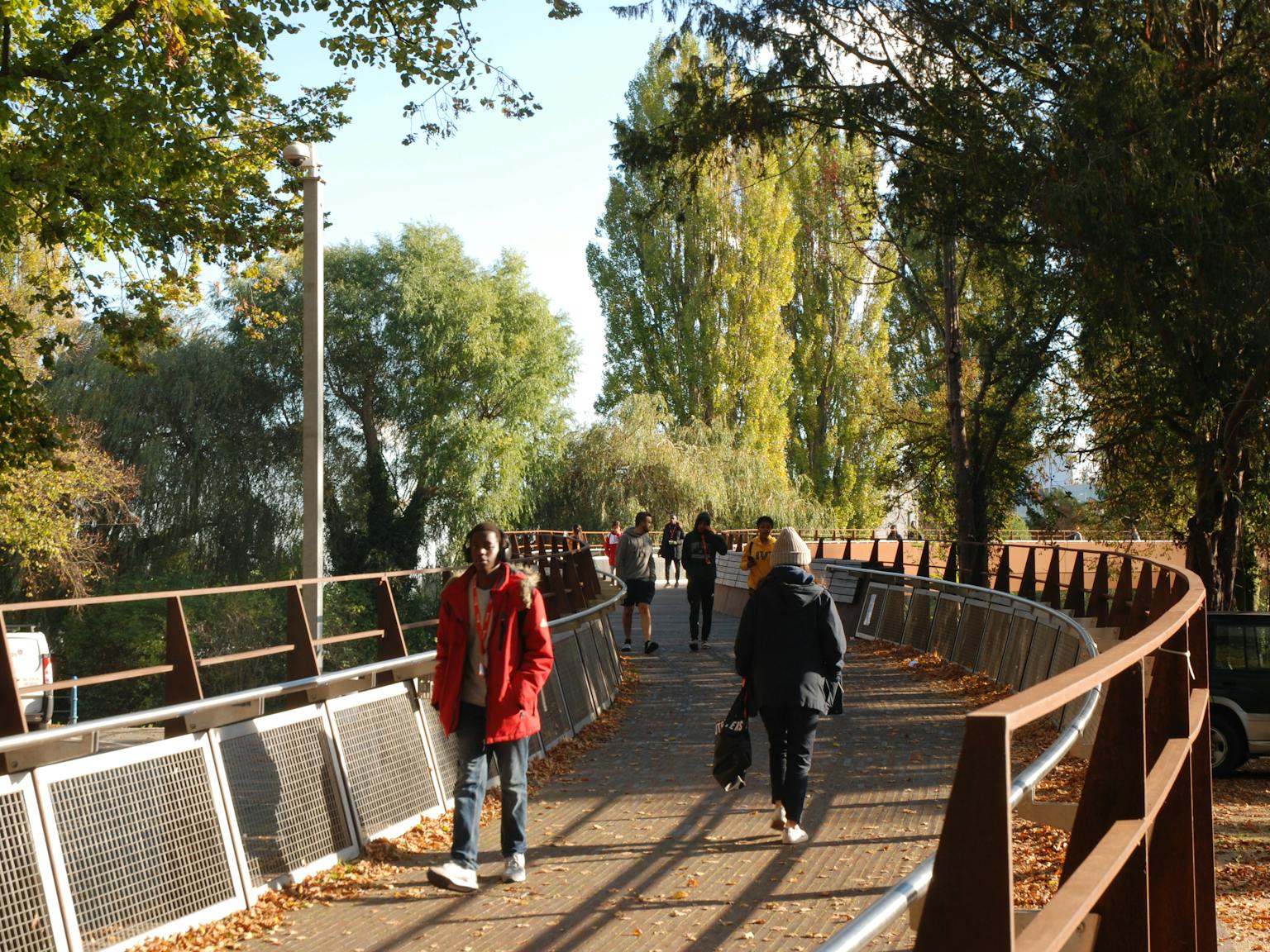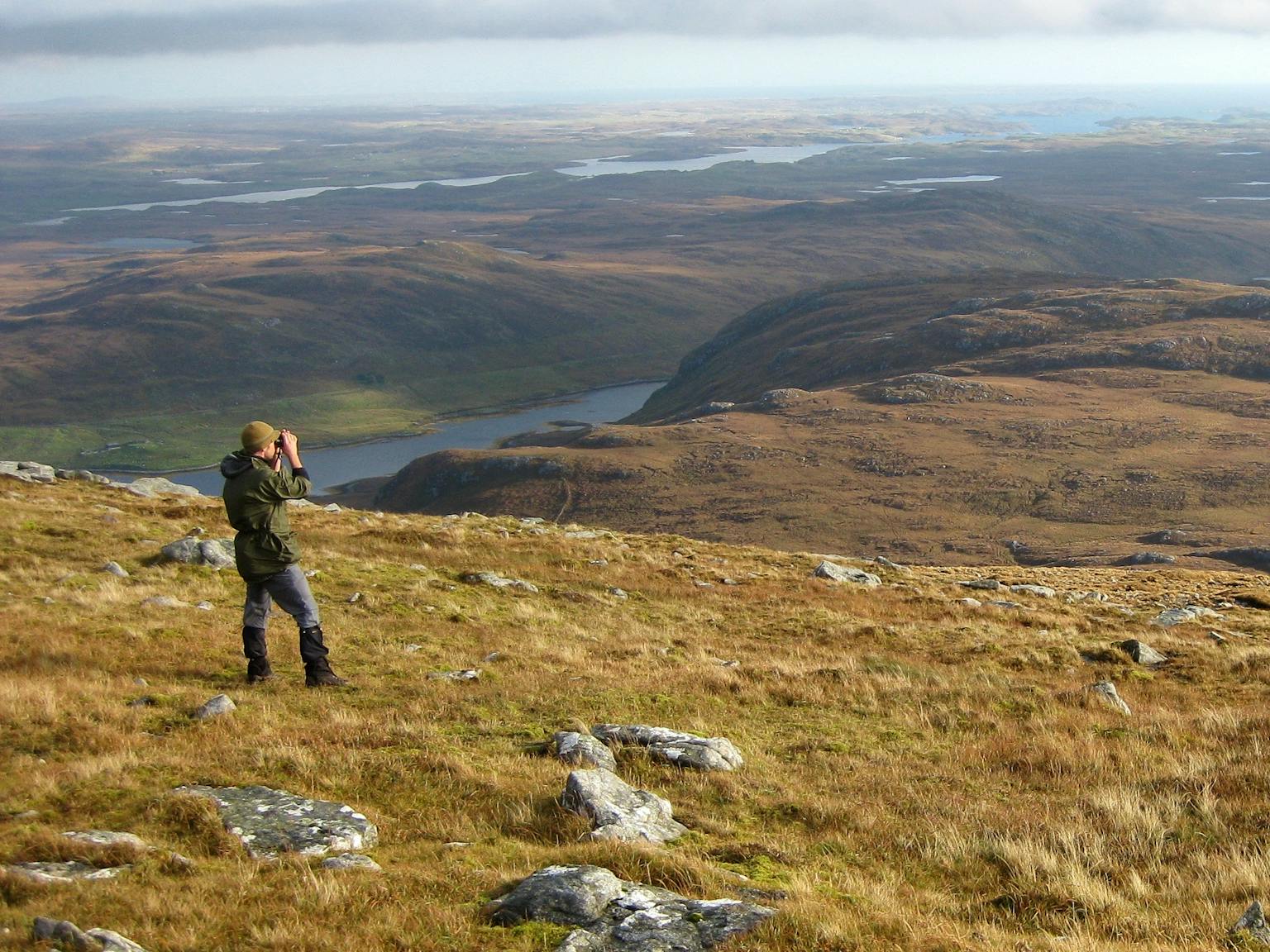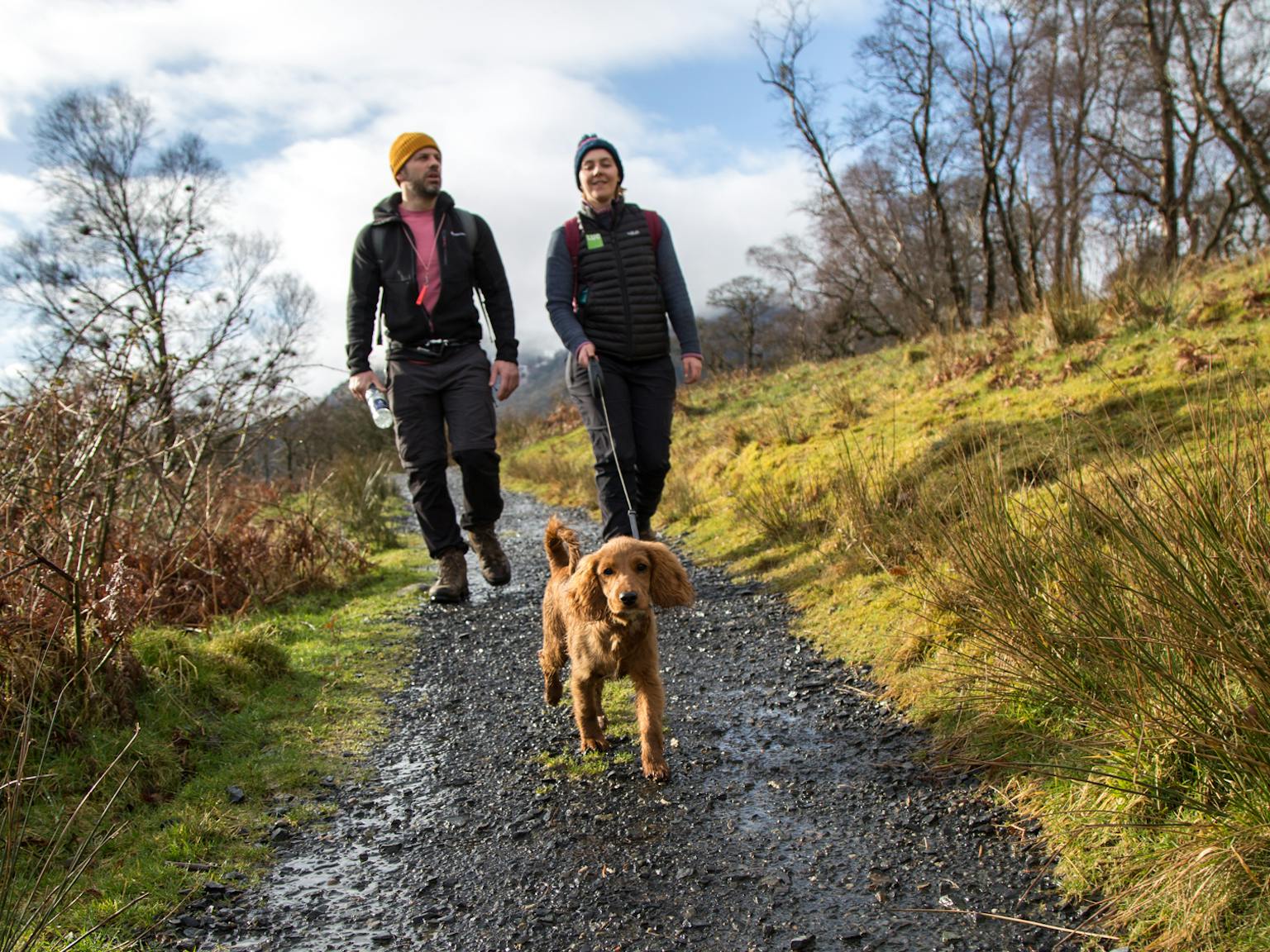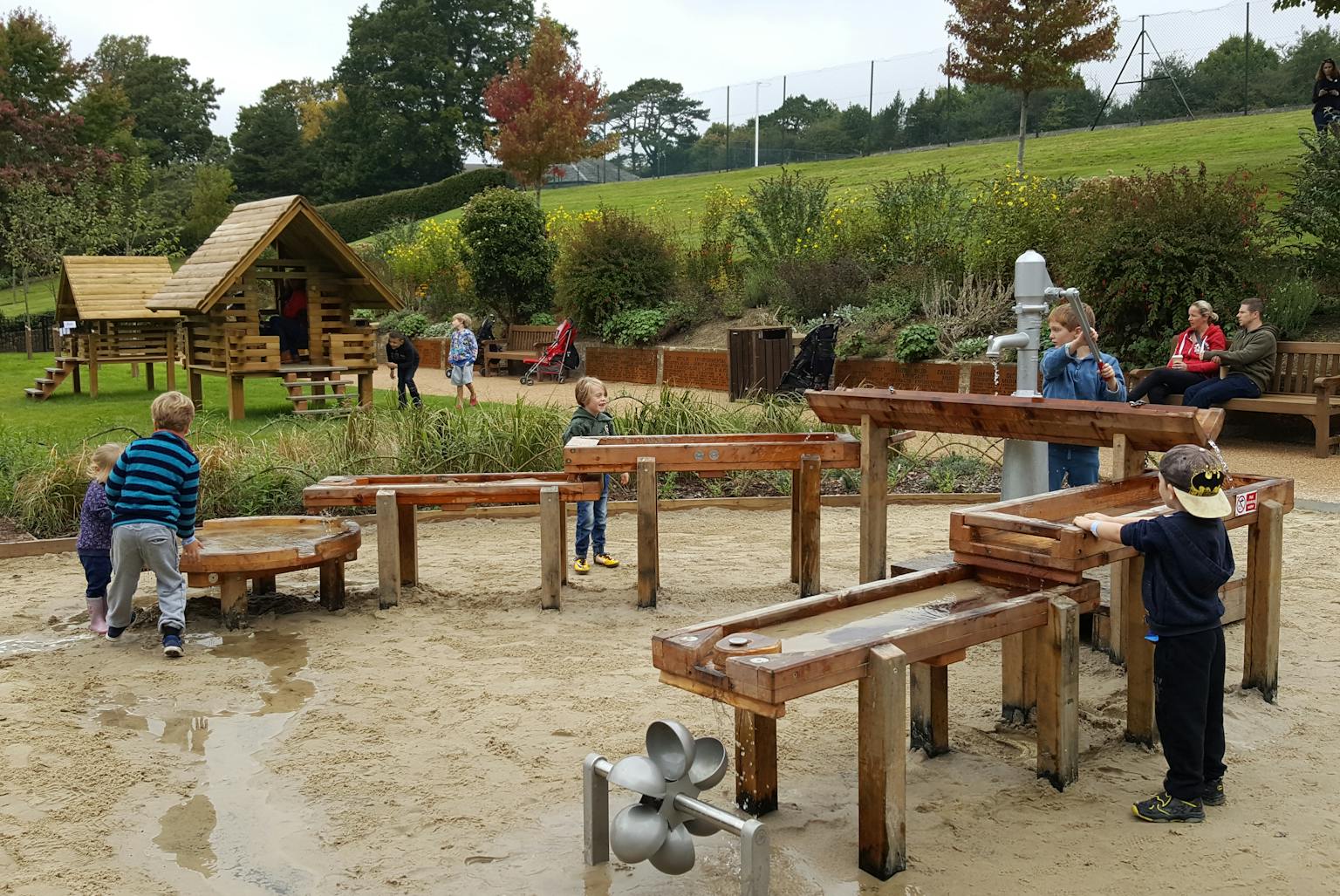
Calverley Adventure Grounds opens to public after LUC landscape design
Calverley Adventure Grounds in Kent was opened to the public over the weekend after a year of fundraising, public meetings and landscape design input from our Design team.
The children’s playground was opened on Sunday 17 September, with business/grants sponsors/councillors and key volunteers invited to a formal opening launch by local children and TWBC‘s Mayor Julia Soyke, on Saturday 16 September.
Inspired by feedback from a park user survey stating local residents were keen a children’s play area be provided within Calverley Grounds, the central park in Tunbridge Wells, a small group of like-minded residents formed a sub group of The Friends of Calverley Grounds, and set themselves a 12 month target to raise £225k to build a unique play space for the town. The site of the Calverley Adventure Grounds play space was once a bowling green which had been added to Calverley Grounds in 1923-1924 when the Grounds became a public park.
LUC’s Director of Landscape Architecture Jennette Emery-Wallis oversaw the detailed design, contract documentation and tender of the project. Following tender interviews, Ground Control was appointed to build the play scheme over the period May-August 2017. LUC oversaw the construction, with Huntley Cartwright providing cost consultancy support.
The design concept for the playground was inspired by its setting within the Grade II registered historic public park of Calverley Grounds, the wider setting of Royal Tunbridge Wells and the surrounding Wealden countryside.
All the elements within the play space are designed to capture the unique essence of the location. The serpentine sand pit and planted borders are inspired by the stream that once ran through the Calverley Estate and through this site; play water tables celebrate the Chalybeate Spring which gave rise to the development of the town as an important spa, and timber play houses evoke the early beginnings of The Pantiles that sprung up around it. The Kentish rag stone boulders and woodland-style planting represent the encircling Common with its famous sandstone outcrops, and the hand-carved oak sheep represent the animals that once grazed the slopes. The surrounding farmlands, Kentish orchards and woodlands are depicted by a tractor and trailer and grid of apple trees.
Timberplay, who have provided the play equipment for the scheme also generously donated several pieces.
Recent news
Looking back at last year’s survey season, the Bristol Ecology team made incredible memories while delivering essential ecological baseline for our clients – whether that was trekking through stunning landscapes, spotting hidden wildlife, or sharing moments with some very photogenic sheep!
LinkedIn, 22 April 2025 News, 22 April 2025
News, 22 April 2025Civic Trust Awards recognise Godolphin and Latymer School Redevelopment
 News, 16 April 2025
News, 16 April 2025Planning permission granted for new café in Richmond Park
